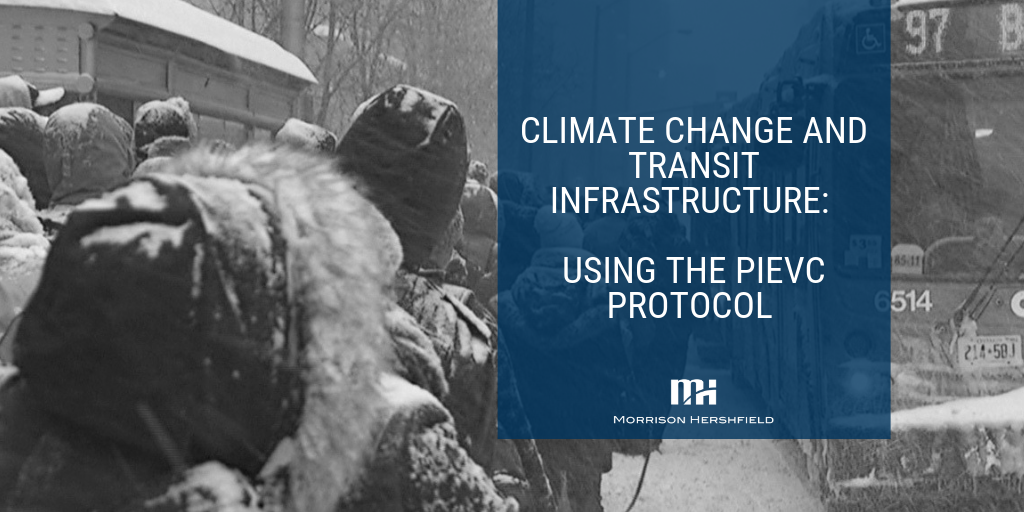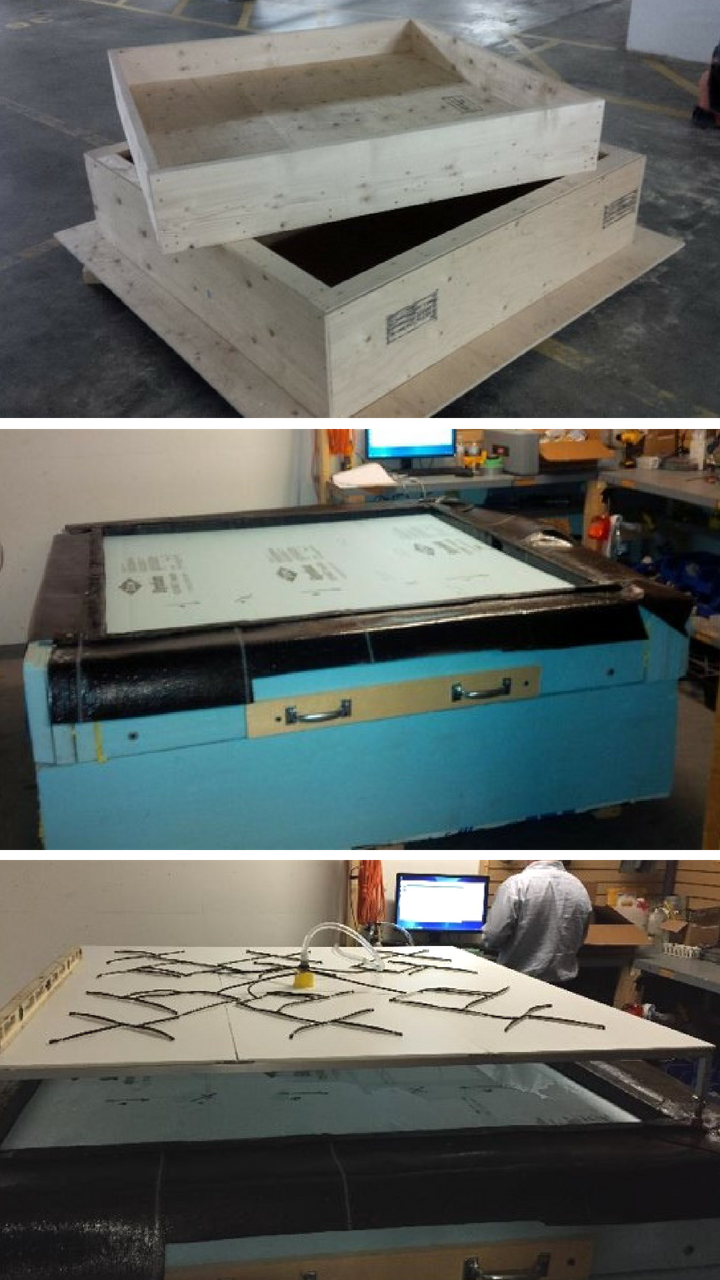As part of this EA Study, Morrison Hershfield was retained to conduct a Climate Change Vulnerability/ Resilience Assessment & Carbon Footprint/ Green House Gas Inventory to consider the potential effects of climate change on this transit infrastructure project and to identify potential adaptation requirements.
Morrison Hershfield
Recent Posts
Climate Change and Transit Infrastructure: Using the PIEVC Protocol
Engineers are responsible for planning, designing, operating, maintaining and managing public infrastructure. It is critical for engineers to understand and account for the risks and vulnerabilities to this infrastructure that is resulting from the increasing frequency of extreme weather conditions and our changing climate.
Climate Change and Transit Infrastructure: The Benefits of Climate Vulnerability Assessments
Our climate is changing. Now more than ever, we are paying increased attention to the significant risks of climate change on the performance of engineered transit systems and public safety. Engineers, decision makers and other stakeholders are beginning to see the benefits of including climate change adaptation as part of their primary mandates. Vulnerability and risk assessments are becoming important steps to ensuring climate change is considered early in the engineering design, operations and maintenance of civil infrastructure.
Current Transformers for Protection Relays
Current transformers for protection relays, as opposed to those use strictly for metering purposes, have an IEEE standard classification. There are two classifications, Class T CTs and Class C CTs. The ‘T’ stands for “tested” and the ‘C’ stands for “computed”.
Class T CTs generally have a high level of flux leakage (due to the way the primary is configured as multiple windings around the core) which requires the performance of the CT to be tested. Class T CTs are rarely used for commercial power system protection relays, and they will not be discussed further here.
Direct Current Isolated-Parallel UPS Systems
This White Paper describes The Isolated-Parallel (“Iso-Parallel” or “IP”) configuration for rotary diesel UPS systems.
Reduce Risk with Early Integration of Security and Life Safety
There is a common misconception that security and safety conflict when applied to a building’s design. However, experience shows that security and safety can be compatible when the two disciplines are integrated early in the design stage.
BEST 5: Drainage Capabilities and Heat Loss of Different Inverted Roof Assemblies
Energy use in buildings throughout North America has attracted significant attention over the past decade. In cold marine climates, rainwater management is also a critical aspect of the building enclosure and energy performance. Various drainage practices used for low slope inverted roofing are often designed without quantified data available regarding the cold rain affects on the thermal performance of the systems.
CCBST 2017: NBC 2015 Subsection 5.9.3 Other Fenestration Assemblies - The Intent Behind the New Code Provisions
In Canada, the design, construction and installation of glazing systems has been partially regulated through standards and building Codes for decades.
CCBST 2017: A Compartmentalization & Ventilation System Retrofit Strategy for High-Rise Residential Buildings in Cold Climates
This research proposes an alternative rehabilitation strategy for aging high-rise multi-unit residential buildings (MURBs) involving suite compartmentalization and decentralizing the ventilation system.
CCBST 2017: Insulated Metal Panels - Design and Construction Challenges
Exterior insulated assemblies are growing in popularity due to changing code requirements with regards to thermal resistance for opaque wall assemblies.










